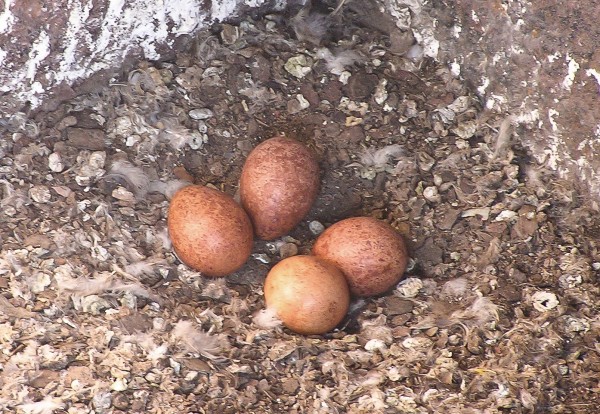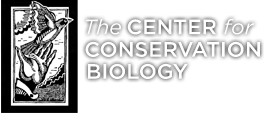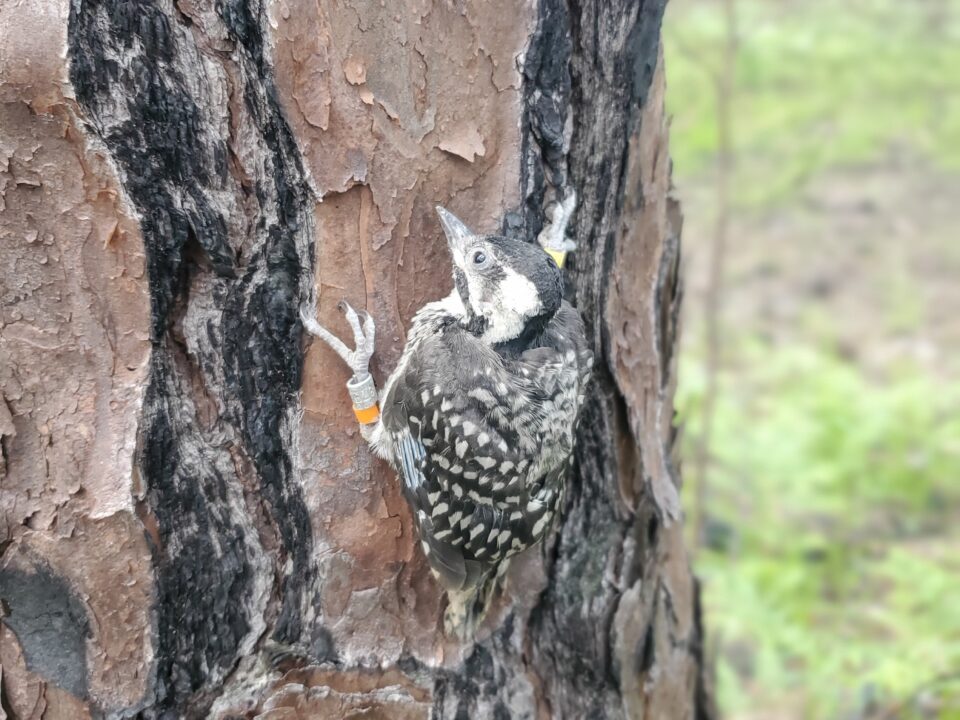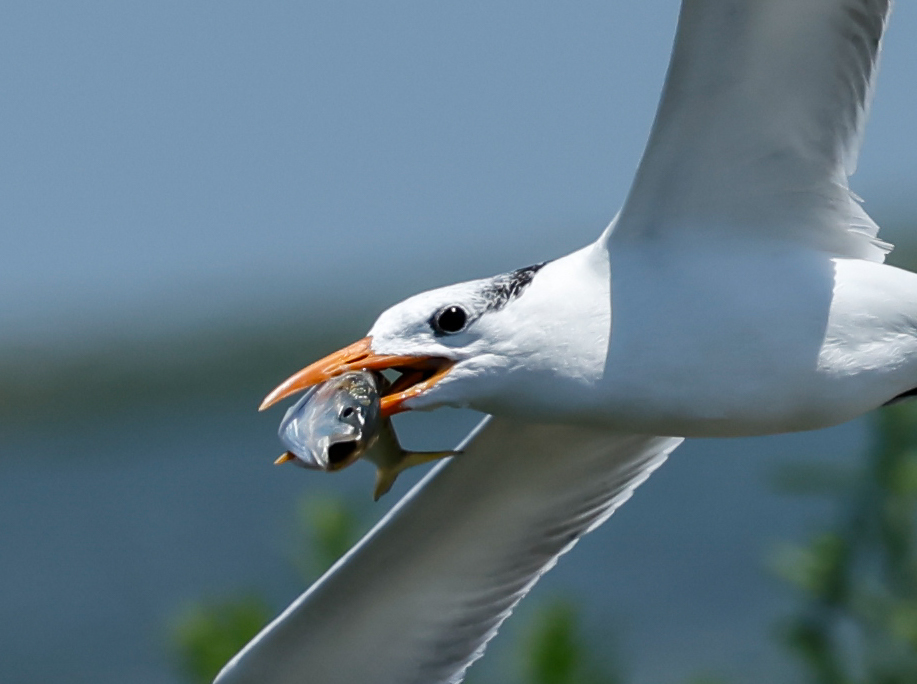Kat Potter in Rwanda
Camellia Back at Nanney’s Creek June 11
June 11, 2013CCB to investigate shorebird mortality
June 13, 2013
In 2004, Kat Potter was a wunderkind undergraduate honors student at The College of William and Mary working with The Center for Conservation Biology, VIMS, and the Chemistry Department investigating levels of brominated fire retardants in eggs of peregrine falcons. Kat was a brilliant and passionate student with a clear focus on the future of the environment. Following her graduation with highest honors from William and Mary, Kat enrolled in the Graduate Program in Atmospheres, Oceans, and Climate at MIT. There she designed, constructed, and utilized an instrument to measure nitrous oxide composition in the atmosphere allowing for the measurement of greenhouse gas sources and budgets and completed her PhD in 2011.

Kat Potter’s undergraduate honors thesis at William and Mary focused on spatial patterns in fire retardant levels in peregrine falcon eggs. Photo by Bryan Watts.
For the past 9 months, Kat has been the lead scientist working to establish the first atmospheric/climate observatory in Africa. The site of the observatory is atop Mount Karisimbi in Rwanda. If successful, the observatory will become part of the Advanced Atmospheric Gases Experiment, a worldwide network of stations funded by NASA and NOAA. In addition to establishing the observatory, Kat is training future Rwandan scientists, technicians, and academics to collaborate in the world’s efforts to monitor climate change.
Potter has an ongoing blog about her activities in Rwanda and was recently featured in an alumni article by MIT.
Written by
Bryan Watts | bdwatt@wm.edu | (757) 221-2247
June 12, 2013




1 Comment
We are fortunate to have students like Kat Potter, she is our future. Good work Kat!